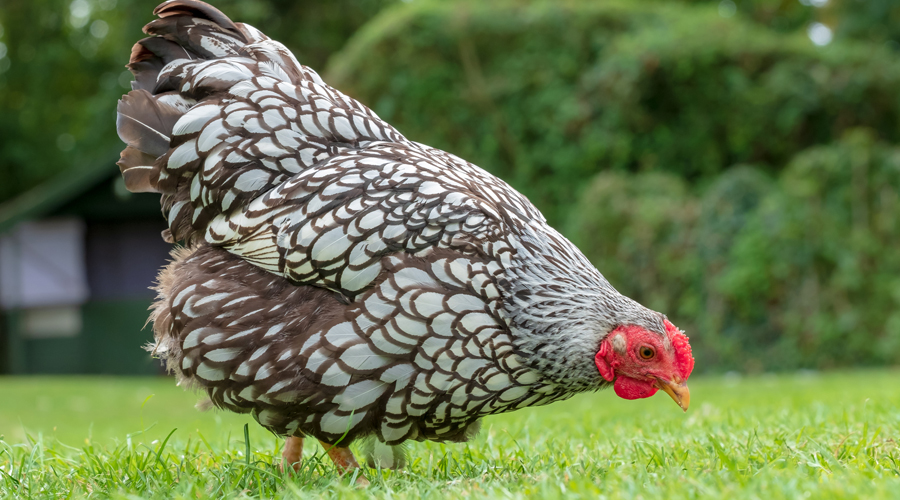USPS will unveil its Heritage Breeds stamps May 17 during International Heritage Breeds Week. Here are five facts about these endangered heirlooms:
1. Heritage breeds are pioneers. They include the cattle, sheep, goats, turkeys, chickens and other domesticated animals that were common on preindustrial farms, as opposed to their modern-day factory-farmed counterparts. The latter are hybrids bioengineered to grow unnaturally in speed and size and usually are kept in concentrated animal feeding operations. Heritage breeds are in danger of disappearing without help raising or reinforcing their numbers.
2. They have a watchdog. The Livestock Conservancy is the lodestar of the heritage breeds conservation movement. Its mission is to protect endangered breeds from extinction and to make raising them an attractive economic option for farmers. The group launched its first Heritage Breeds Week in 2015.
3. They need help. The group’s Conservation Priority List catalogs breeds of heritage livestock, horses and poultry and assigns them one of six rankings: Critical, Threatened, Watch, Recovering and Study. All but one of the breeds depicted on the stamps is on the list. The happy exception is the Wyandotte chicken, a success story that “graduated” from the list in 2016.
4. They have benefits for both farmers and their customers. Proponents say heritage breeds are hardier, more adaptable, smaller (and thus easier to handle) and have stronger immune systems than modern livestock. And they’re viewed as healthier to eat.
5. They’ll be featured in a film soon. “The Holstein Dilemma: Heritage Breeds and the Need for Biodiversity” aims to raise awareness of their vital importance to genetic diversity. An hourlong version of the film, edited from its original 90 minutes, will air in late July on some PBS stations.
